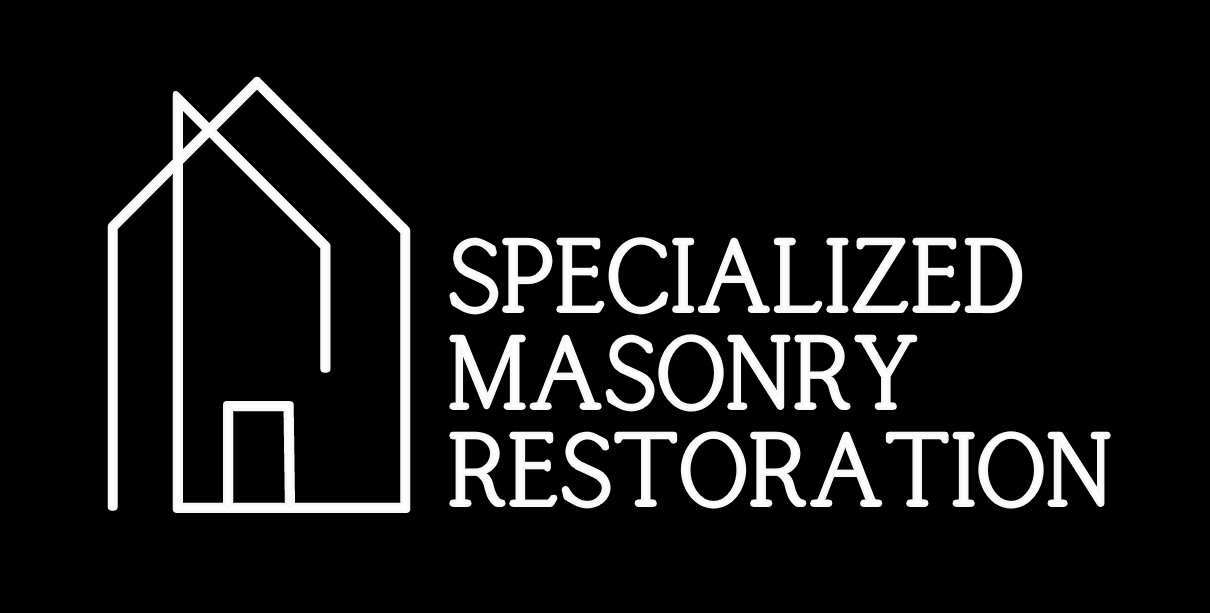
Historic masonry is a vulnerable construction material that can be made more resilient.
Historic masonry is a vulnerable construction material that can be made more resilient. Historic buildings and structures are often repaired or strengthened to make them withstand the elements, but this process does not always take into account their historic aspects – which could cause even further damage in some cases! The good news? We have found ways of improving these vulnerabilities so they don’t pose as much risk when it comes time for rehabilitation efforts; all while preserving what makes each building unique.
Masonry is a popular choice for construction due to its durability and aesthetic appeal, but it is not without its vulnerabilities.
For example, masonry is susceptible to weathering and can be damaged by freeze-thaw cycles, high winds, or even earthquakes. In addition, historic masonry buildings are often located in urban areas where they are subject to pollution and other environmental factors.
All of these factors can contribute to the deterioration of masonry, and if left unaddressed, this deterioration can lead to structural problems that put the building at risk of collapse.
Fortunately, there are ways to improve the resilience of masonry so that it can better withstand the elements and the effects of time. One way to do this is by using weather-resistant mortar, which can help to protect masonry from weathering.
In addition, masonry can be strengthened through the use of reinforcement techniques such as lateral restraint anchors. These techniques help to keep masonry intact during periods of high winds or earthquakes, and can prevent the building from collapsing.
Finally, it is important to regularly clean and repair masonry to prevent further deterioration. By taking these steps, we can help to preserve the historic character of masonry buildings while also making them more resilient to the elements.

